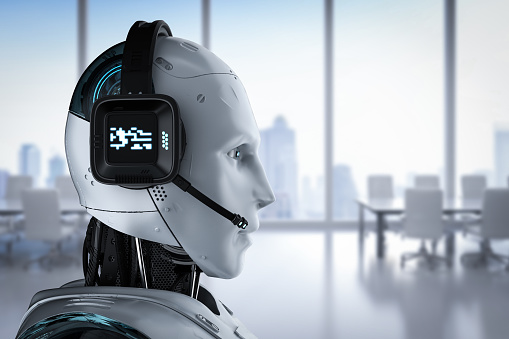
Robots have been demonized for a long time. And understandably. Hard to believe but it’s...
Read More

As a community bank, nothing is more important to your success than understanding your customers and...
Read More

All the talk these days seems to be about digital transformation and offering a personalized digital...
Read More